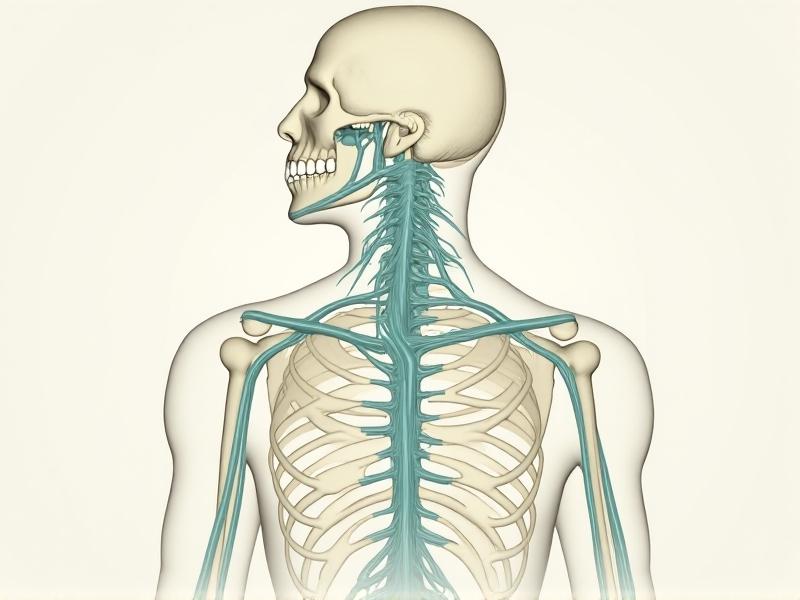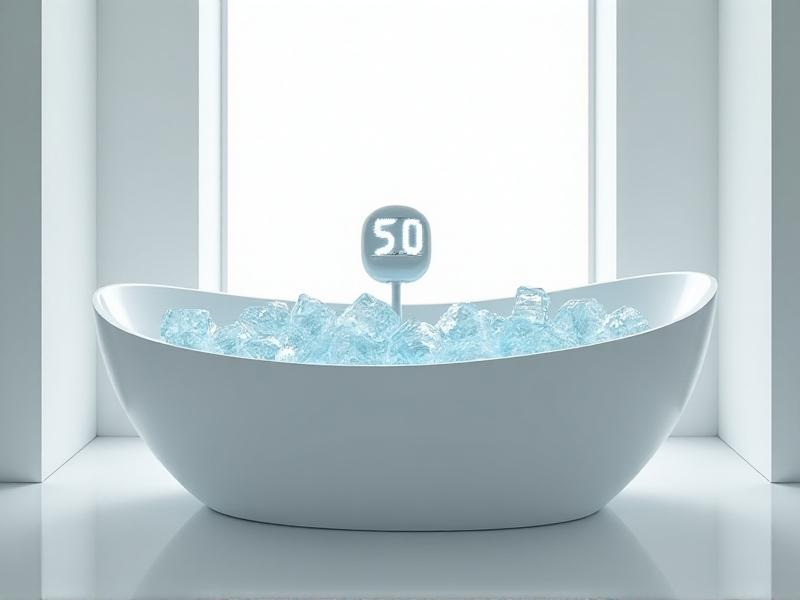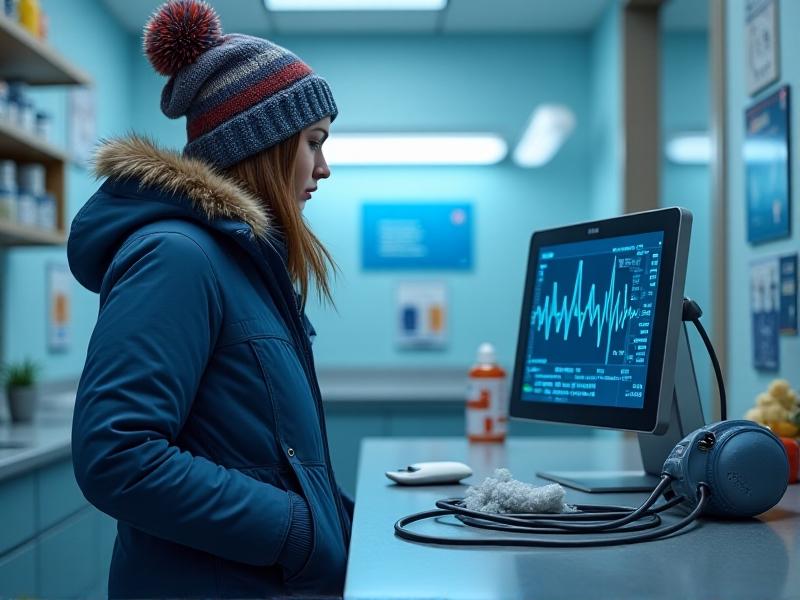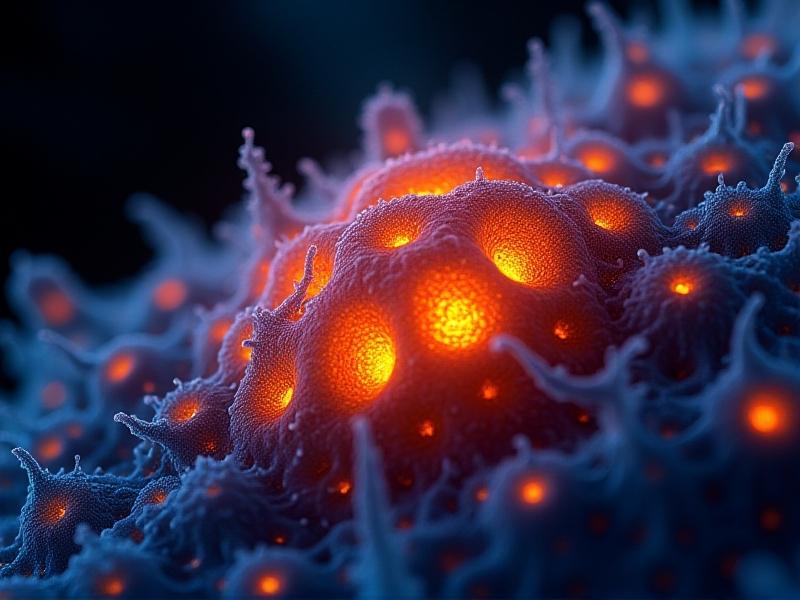Cold Therapy for Pregnancy: Current Research
Understanding Cold Therapy and Its Mechanisms

Cold therapy, also known as cryotherapy, involves the application of cold temperatures to alleviate pain, reduce inflammation, or manage swelling. Common methods include ice packs, cooling gels, cold baths, or localized cryo-devices. During pregnancy, physiological changes such as increased blood volume and hormonal shifts often lead to discomforts like joint pain, edema, or muscle strain. Cold therapy works by constricting blood vessels, slowing nerve signal transmission, and reducing metabolic activity in targeted areas. This process can temporarily numb pain receptors and decrease tissue inflammation, offering relief without systemic effects. However, understanding its safe use during pregnancy requires balancing potential benefits with maternal and fetal safety considerations.
Potential Benefits of Cold Therapy During Pregnancy

Research highlights several benefits of cold therapy for expectant mothers. A 2023 study in the Journal of Maternal-Fetal Medicine found that localized cold applications reduced lower back pain in 68% of participants by targeting strained muscles and ligaments. Swelling, particularly in the feet and ankles due to fluid retention, may also improve with brief cold immersion, as shown in a 2022 randomized trial. Additionally, cold therapy can mitigate inflammatory responses linked to conditions like pelvic girdle pain. Unlike pain medications, which may carry risks during pregnancy, cold therapy offers a non-pharmacological option. However, benefits vary by individual, and applications should be time-limited to avoid adverse effects.
Risks and Considerations for Cold Therapy in Pregnancy
While generally safe, cold therapy poses risks if misapplied. Prolonged exposure may lower core body temperature, potentially affecting fetal circulation, as noted in a 2021 review by the American College of Obstetricians and Gynecologists. Direct abdominal application is discouraged due to theoretical risks of uterine vasoconstriction. Individuals with circulatory issues, Raynaud’s phenomenon, or hypertension should avoid cold therapy, as it may exacerbate symptoms. Overuse on weight-bearing joints (e.g., knees) could also mask pain that signals underlying issues like symphysis pubis dysfunction. Consulting a healthcare provider before use is critical to tailor practices to individual health profiles and trimesters.
Safe Application Methods for Expectant Mothers

To maximize safety, limit cold applications to 10–15 minutes per session and avoid sensitive areas like the abdomen. Use a cloth barrier between ice packs and skin to prevent frostbite. Targeted zones include the lower back, wrists, or ankles. For swelling, elevated legs during cold foot baths enhance drainage. Reusable gel packs are preferable to rigid ice cubes for conforming to body contours. Post-therapy, check for excessive skin redness or numbness. A 2020 cohort study recommended pairing cold therapy with gentle stretching or prenatal yoga to enhance musculoskeletal benefits without overexertion. Always prioritize comfort—discontinue use if dizziness or discomfort arises.
Current Research Findings on Cold Therapy and Maternal Health

Recent studies underscore cold therapy’s role in managing pregnancy-related discomforts. A 2023 meta-analysis of seven trials found consistent reductions in edema and perineal pain postpartum. However, research gaps persist: most studies focus on late pregnancy, leaving first-trimester implications underexplored. Preliminary animal studies suggest extreme cold exposure might impact fetal development, but human data remain inconclusive. Innovations like wearable cryo-devices are being tested for precision and safety. While evidence supports moderate use, researchers caution against extrapolating findings from non-pregnant populations. Current guidelines, such as those from the Royal College of Midwives, endorse cold therapy as a secondary intervention alongside hydration and rest.
Alternative Cooling Techniques for Pregnancy Discomfort
For those hesitant about direct cold therapy, alternatives include ambient cooling and hydrotherapy. Misting fans, cooling maternity wear, or electrolyte-rich beverages help regulate body temperature. Hydrotherapy pools (maintained at 28–31°C) combine buoyancy with mild cooling to ease joint pressure. A 2022 study found that 20-minute swims reduced swelling comparably to ice packs. Acupuncture with chilled quartz stones or chilled herbal compresses (e.g., chamomile) blends traditional and modern approaches. Importantly, these methods avoid extreme temperature shifts while addressing discomfort. Pairing techniques—such as post-exercise cold towels—can enhance recovery without the risks of prolonged cryotherapy. Always discuss alternatives with a provider to align with personal health needs.








